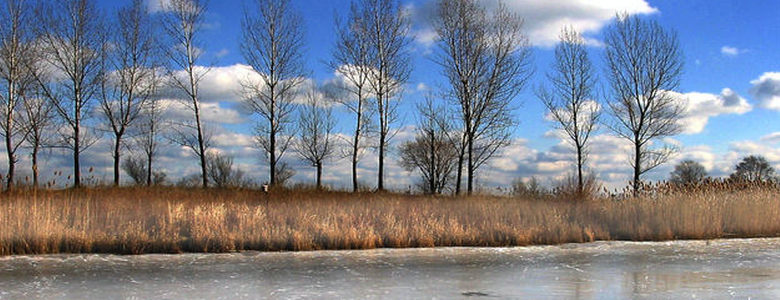
Ponente: Gregory Mckenna
Procedencia: Unis. Tecnologica de Texas
Abstract
The glass transition event is frequently taken to be a manifestation of an underlying thermodynamic transition, perhaps 50 K below the laboratory measured glass transition temperature. The behavior of glasses manifests itself in both the thermodynamic and dynamic responses and these are frequently interpreted in terms of an ‘ideal’ glass transition. Here we first examine the thermodynamics by using calorimetric measurements to determine the equilibrium heat capacity of a series of poly(α-methyl styrene) mixtures with results that show no evidence of a transition in the Ehrenfest sense as far as 150 K below the nominal glass transition temperature. The dynamic signature of glasses is found in the super-Arrhenius behavior of viscosity or relaxation time as a function of temperature. The so-called Vogel-Fulcher extrapolation of the measured dynamic property leads to an apparent finite-temperature divergence some 50 K below the nominal glass temperature. By performing experiments on glasses aged for very long times (Dominican amber of 20 million years) we have been able to explore the upper bounds to the equilibrium dynamics to some 43.6 K below the glass temperature and find strong evidence that the finite-temperature divergence does not exist, rather the glass exhibits an apparent Arrhenius behavior for the dynamics, suggesting that theories that are based on the finite temperature divergence of the relaxation times need to be re-evaluated. Finally, there is considerable activity in the Soft Matter community in which concentrated colloidal dispersions are used as models of glass-forming systems. Here we visit this problem using a novel series of concentration-jump experiments in PNIPAAM-particle colloids to mimic the classic temperature-jump experiments that were used by Kovacs to catalogue the kinetics of structural recovery in molecular glasses. Here we will use diffusing wave light scattering spectroscopy and classical rheological methods to examine specifically the “intrinsic” isotherm, asymmetry of approach, and the memory signatures and compare the colloidal system with the molecular glass. We find that the colloidal systems while exhibiting some of the features seen in molecular glasses, in detail show surprising differences in their structural recovery signatures.
Miercoles 13 hr
13-enero-2016
Auditorio del IF










